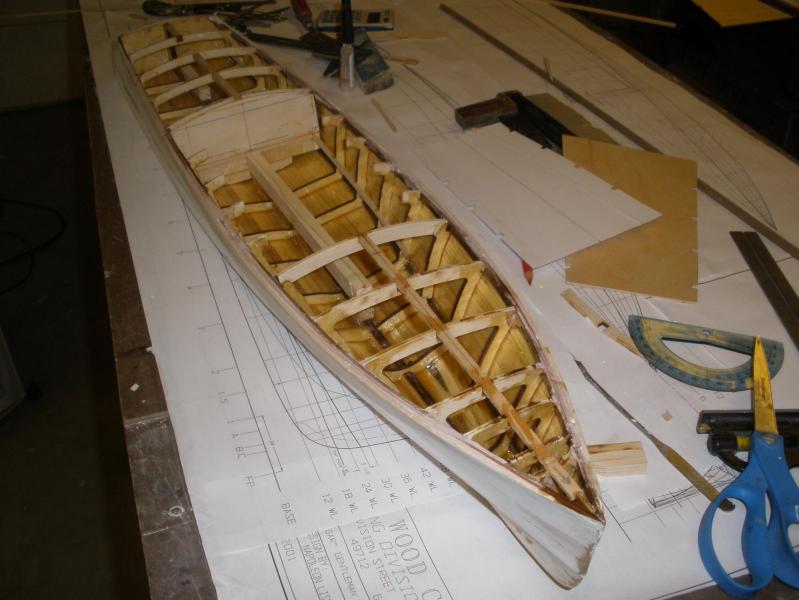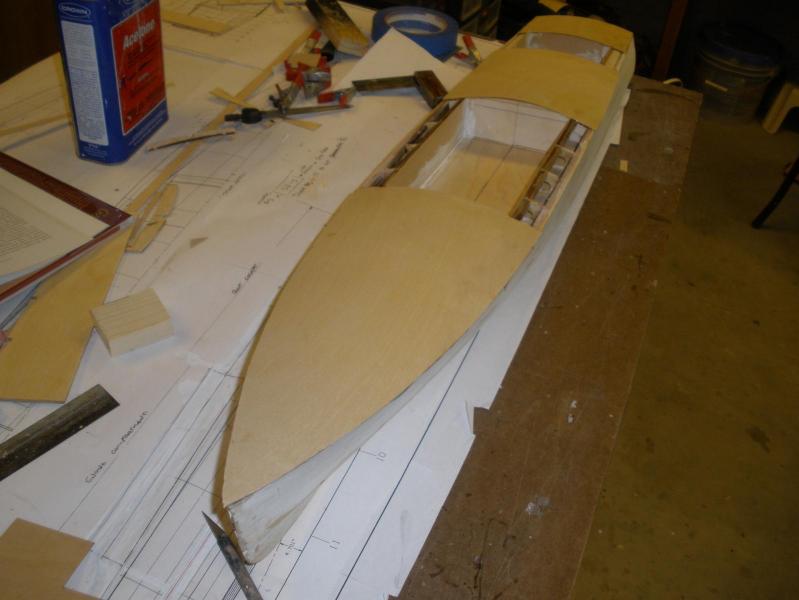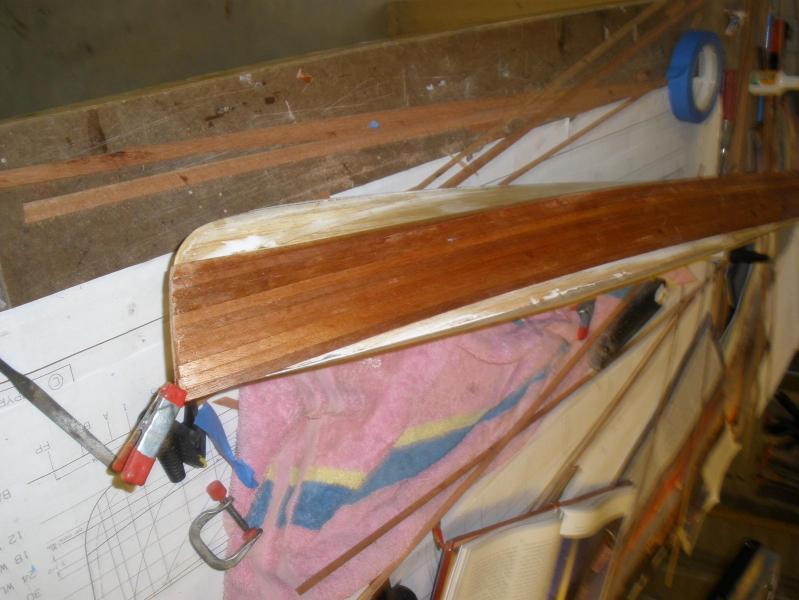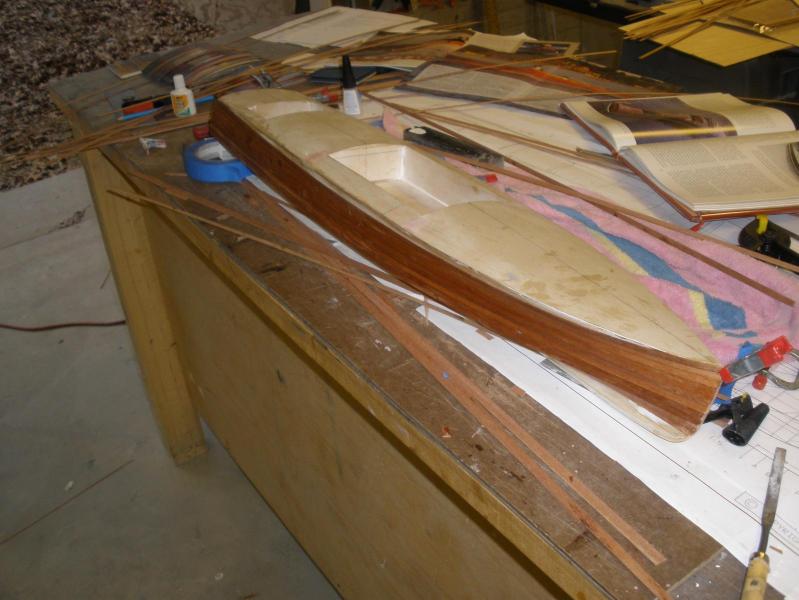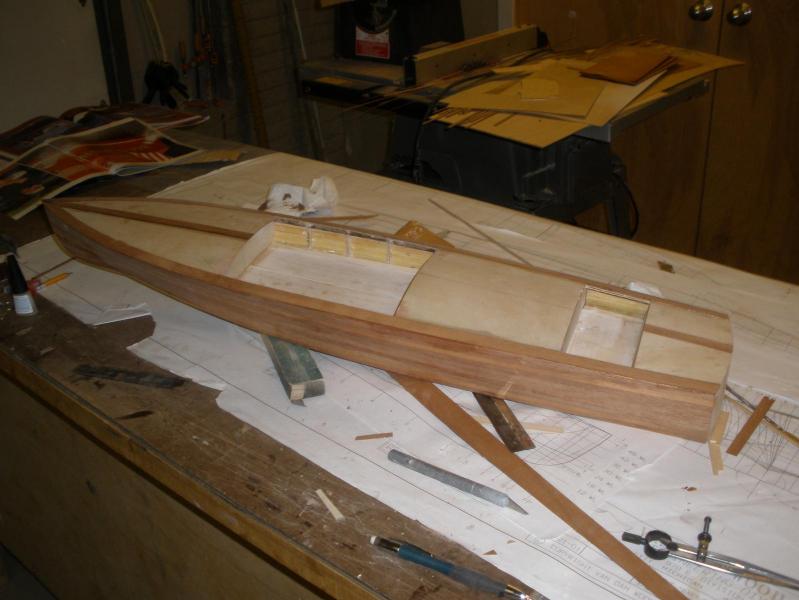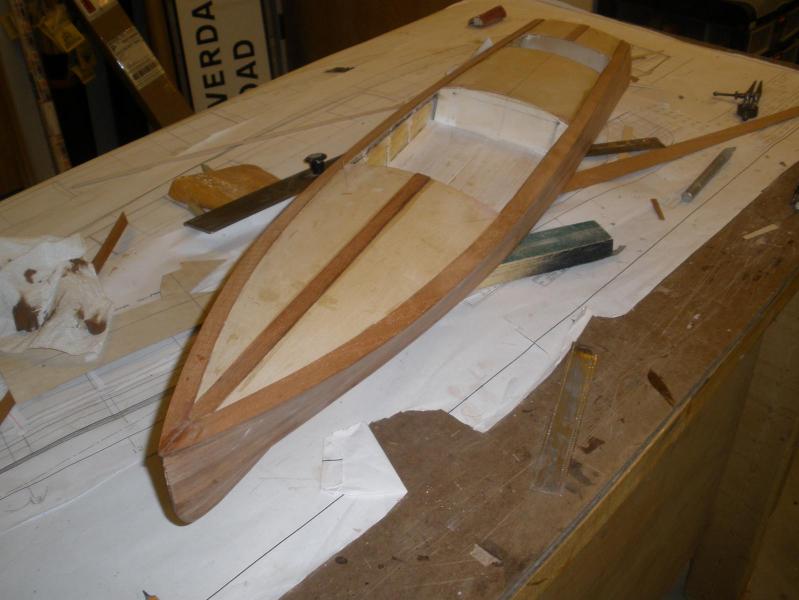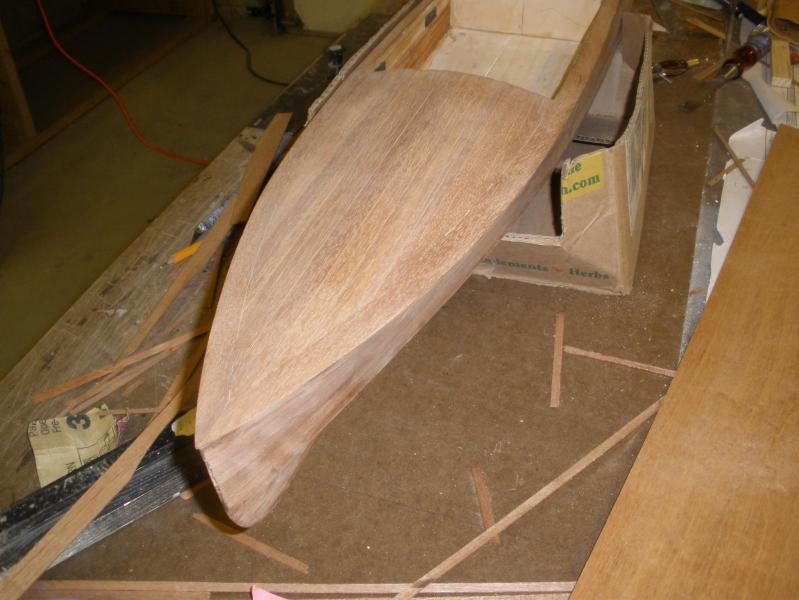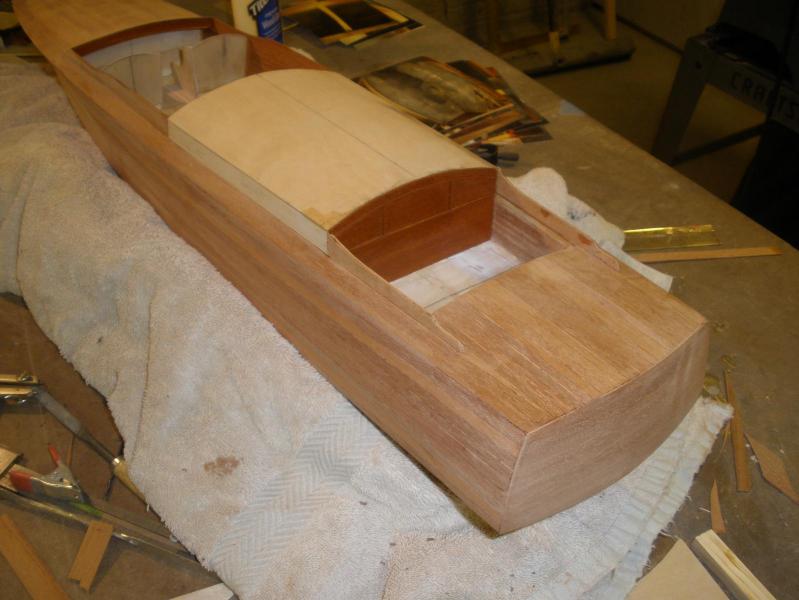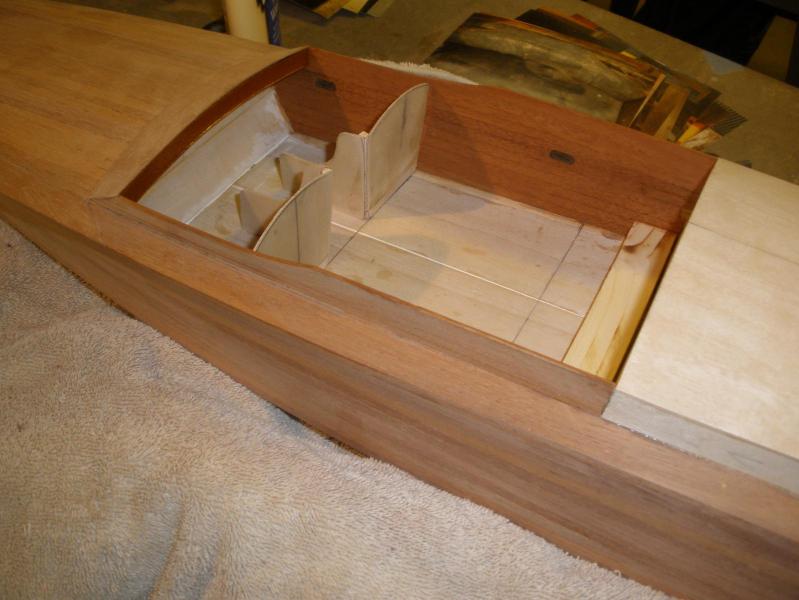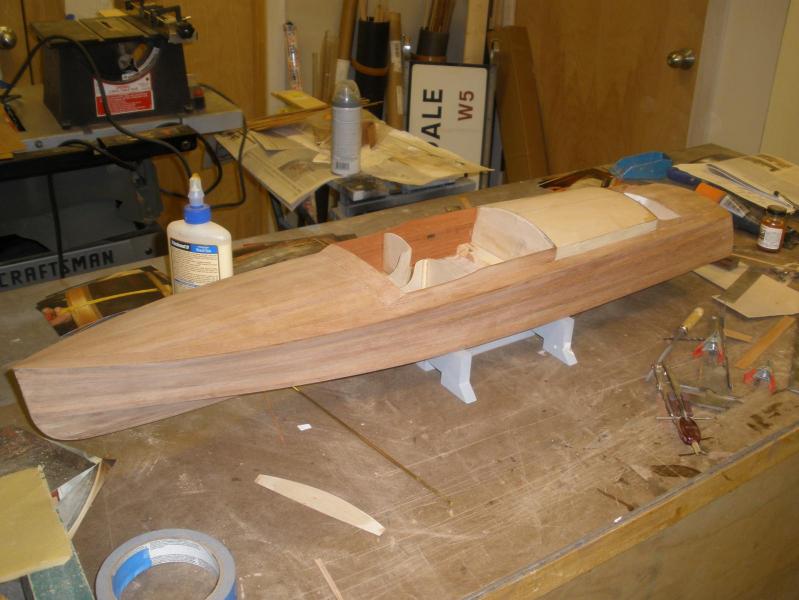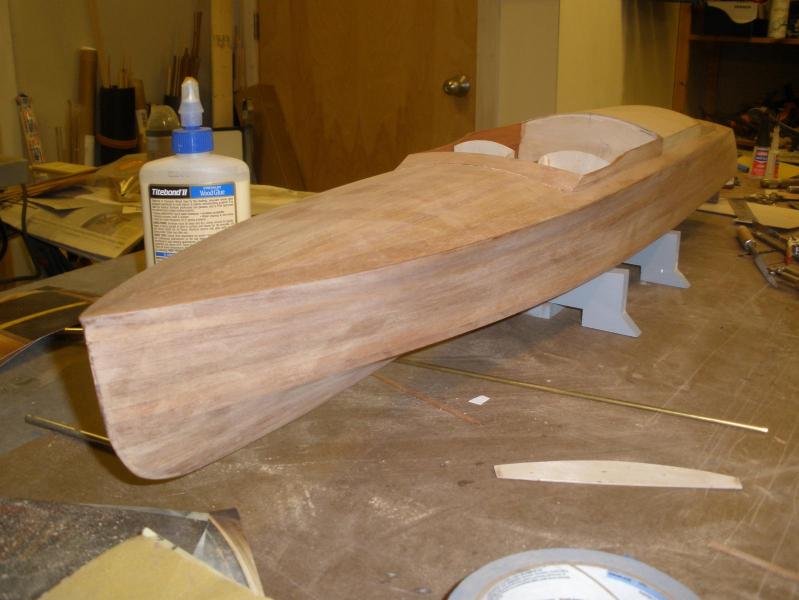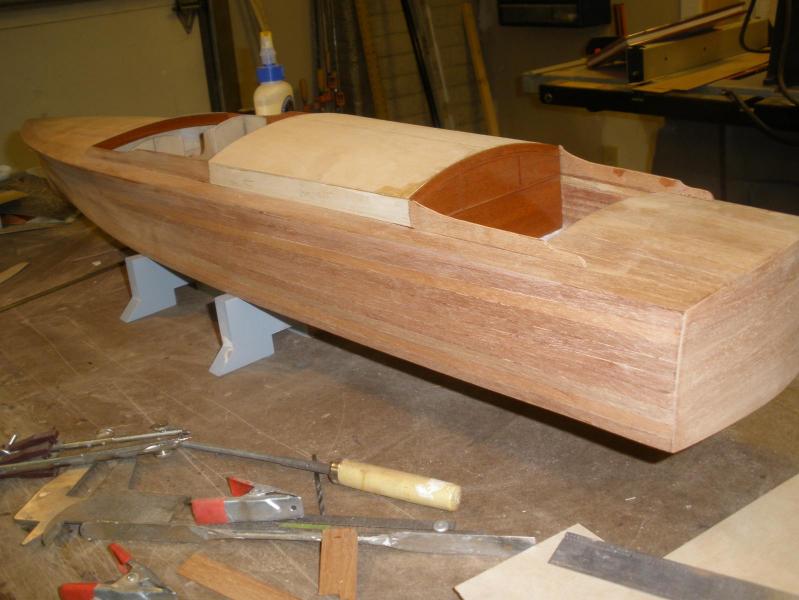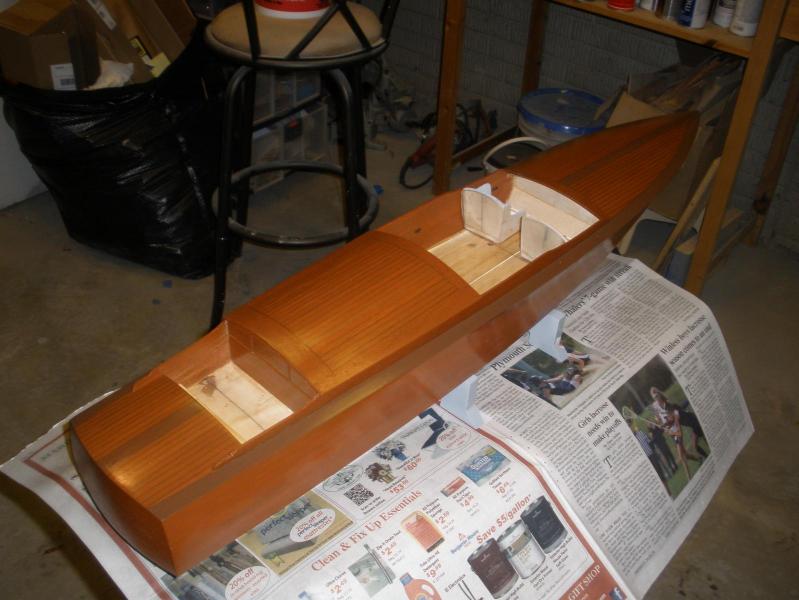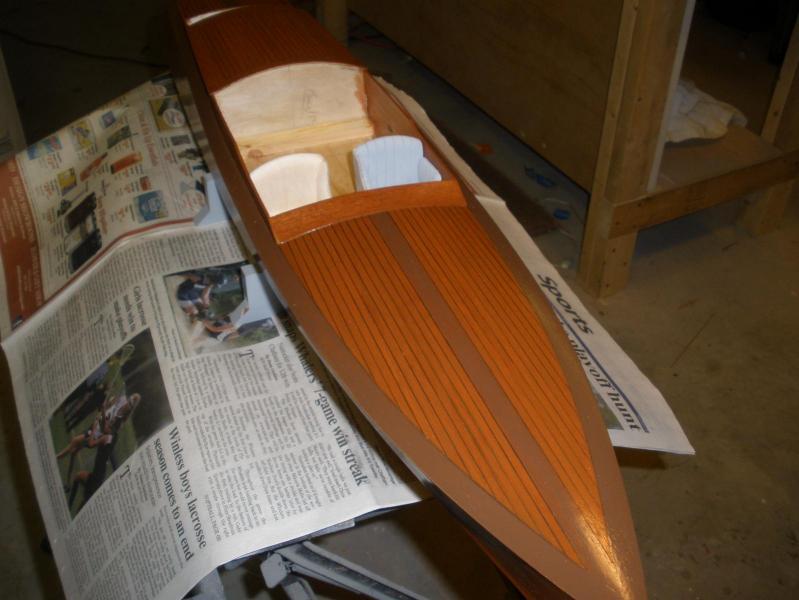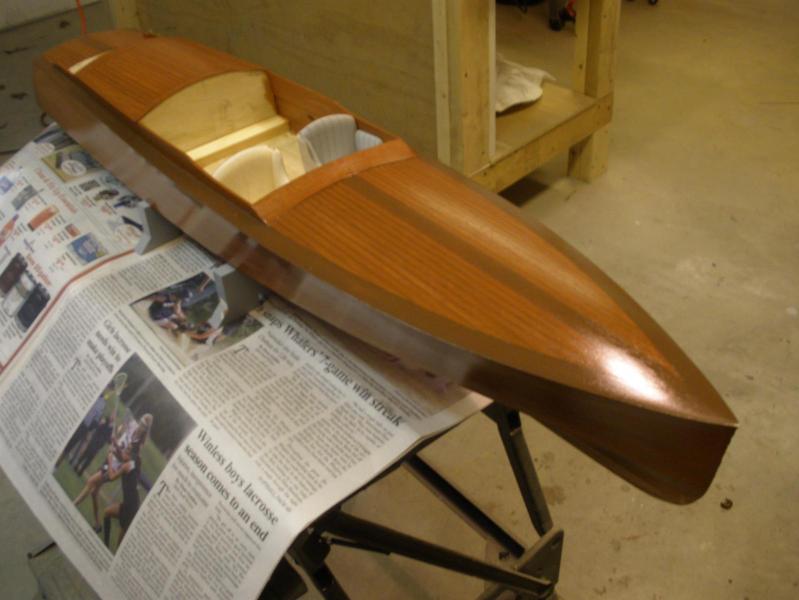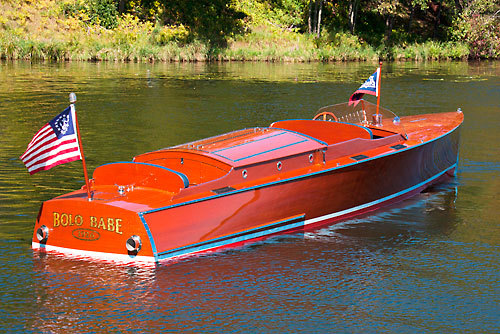Well not quite round, but 'rounder'
The pre-drilled wooden rigging blocks supplied in many kits are not very realistic looking. They are square and not oval in shape. This is unavoidable due to the way they are produced. When the budget is not an issue, beautiful scale blocks can be obtained from specialist suppliers but it can get expensive for a large ship.
Model Expo sells a device which is pretty much a plastic cup with some glass-paper paddles inside, you drop the blocks in and turn the handle and the corners are worn off the blocks by a tumbling action against the glass-paper. I tried it, and while it does work, the results are hit and miss.Some blocks are good, others hardly touched. I am going to buy one of those tumblers used for polishing stones by rock collectors. They appear to be around $30-$60 for a reasonable 'low tech' one.
http://www.hobbywarehouse.com/101-MP-1-Rock-Tumbler-with-Accys?gclid=CMOSjNqtk7YCFUWd4AodF2EAsg
The trick will be finding out what abrasive to tumble the blocks with to get the right amount of 'corner' rubbed off.
Has anyone else tried this or am I 'boldly going where no modeler has gone before'..?
Dan O'Neill.




